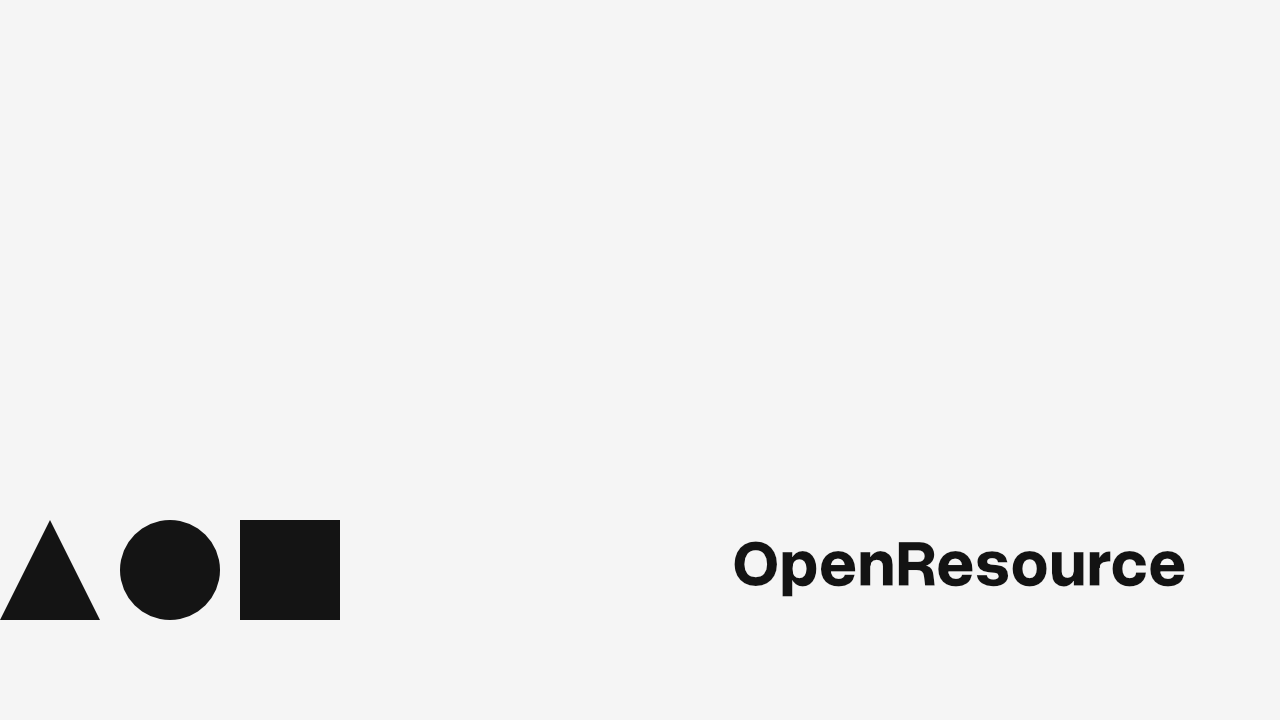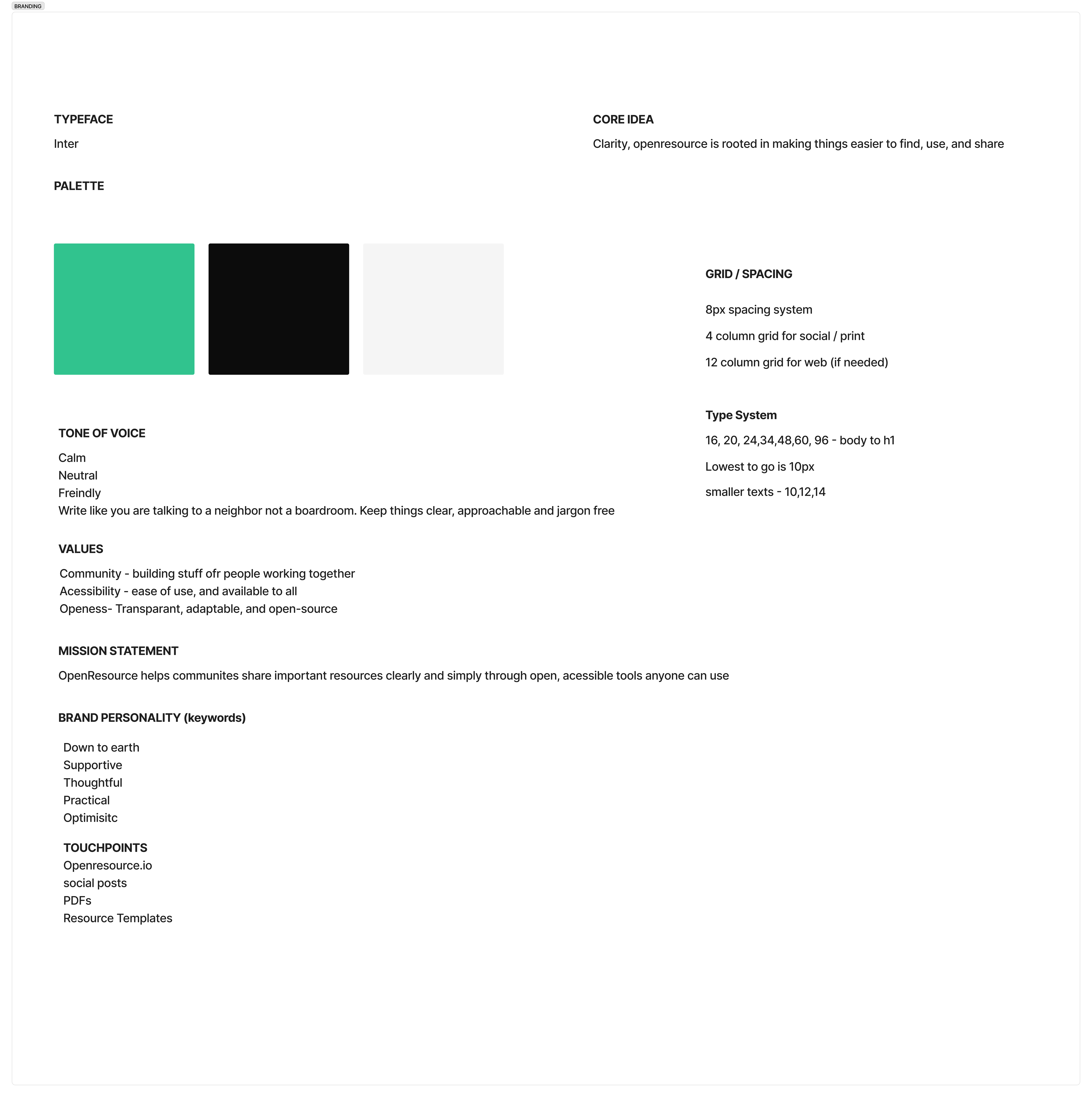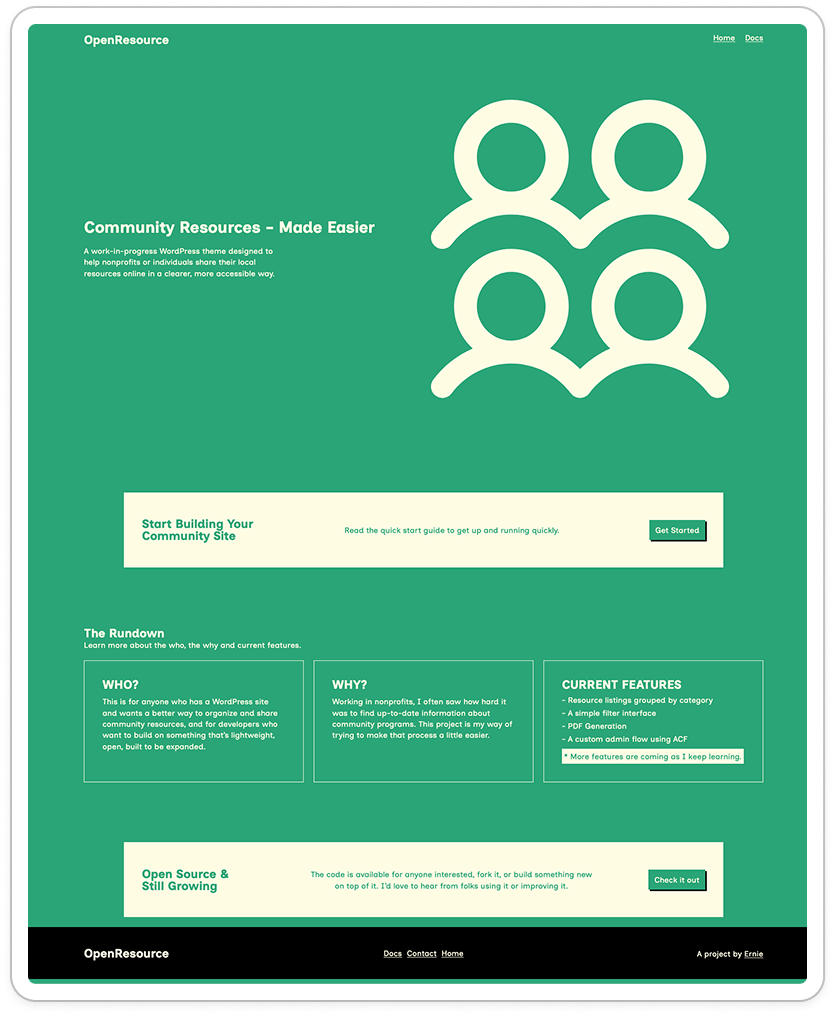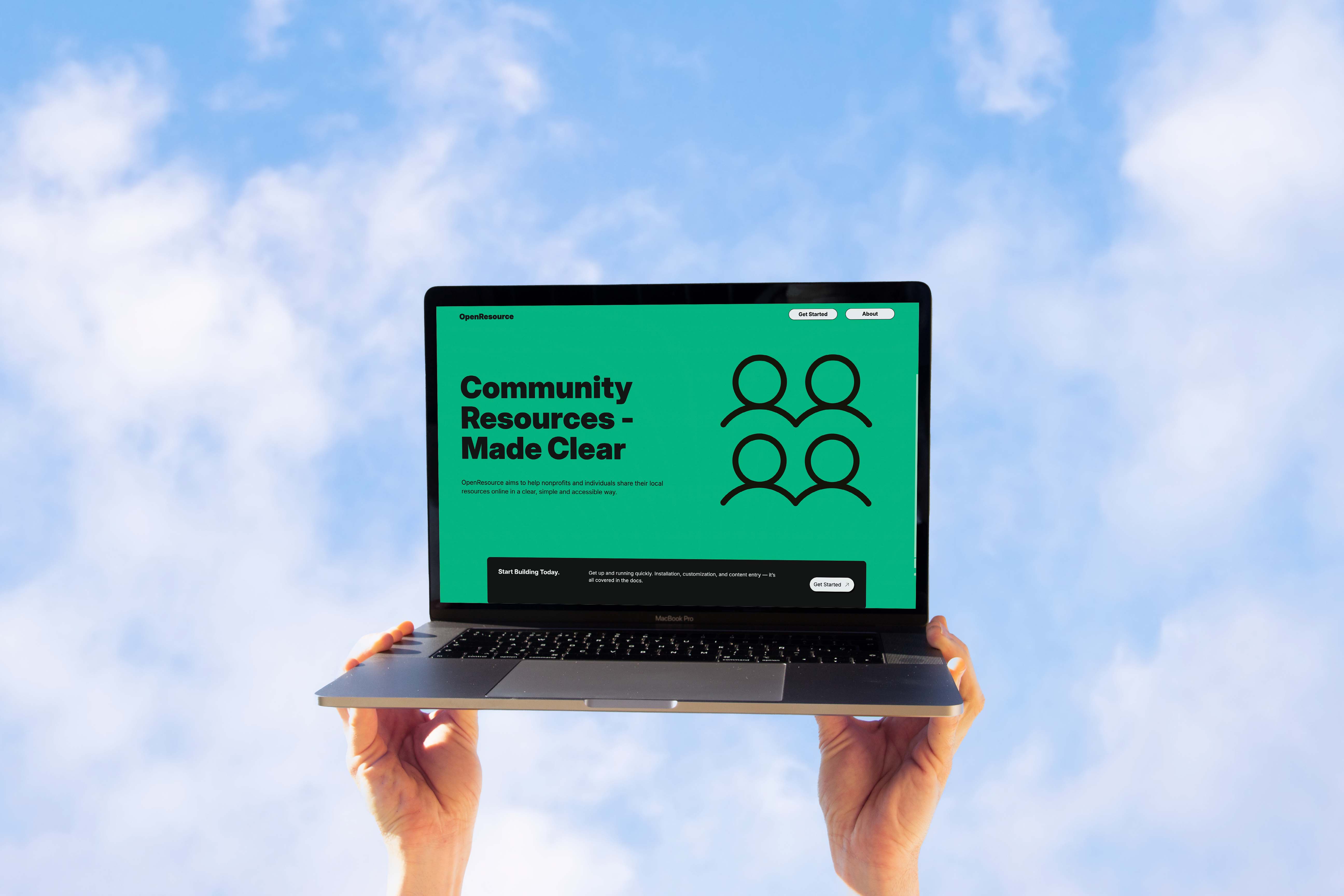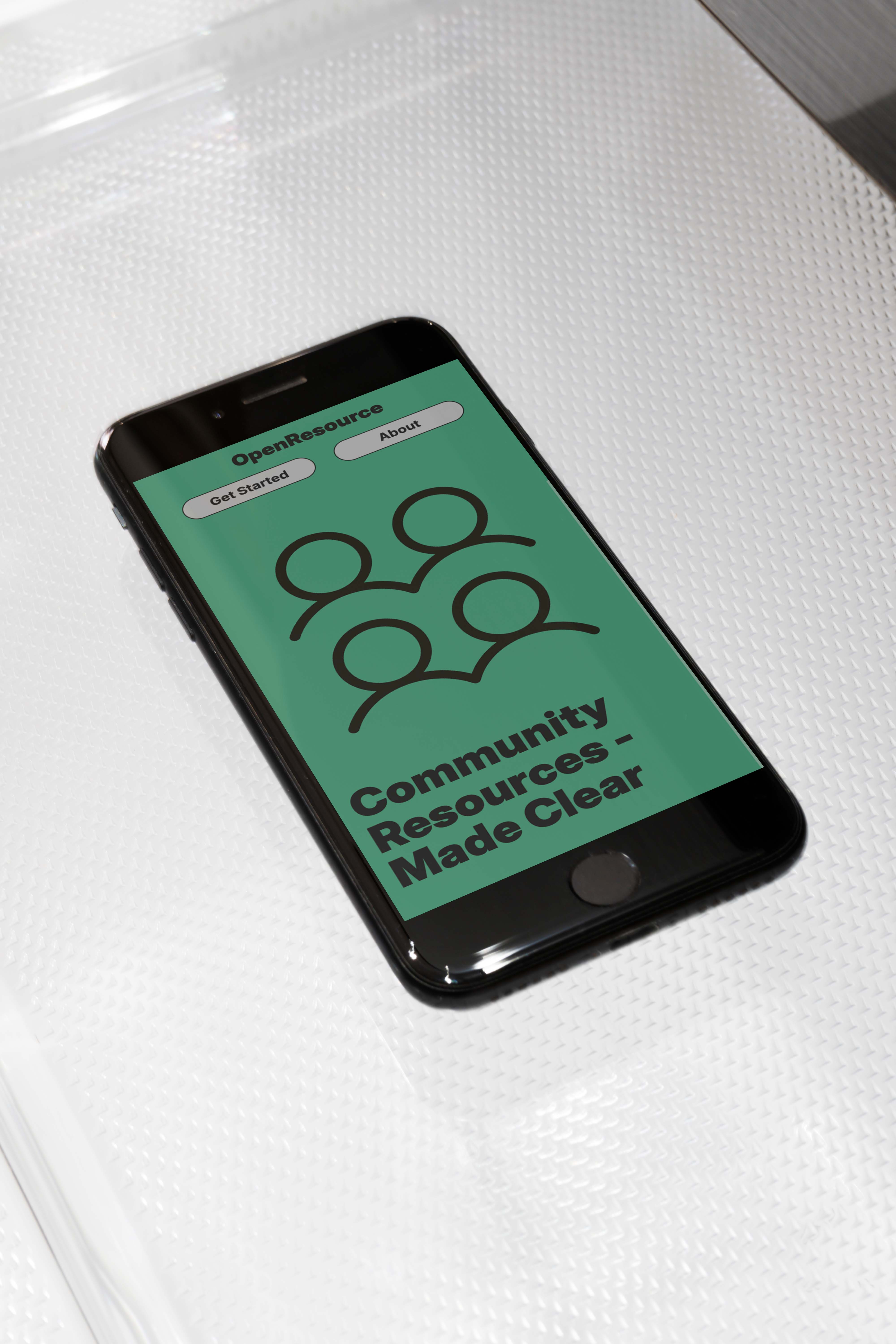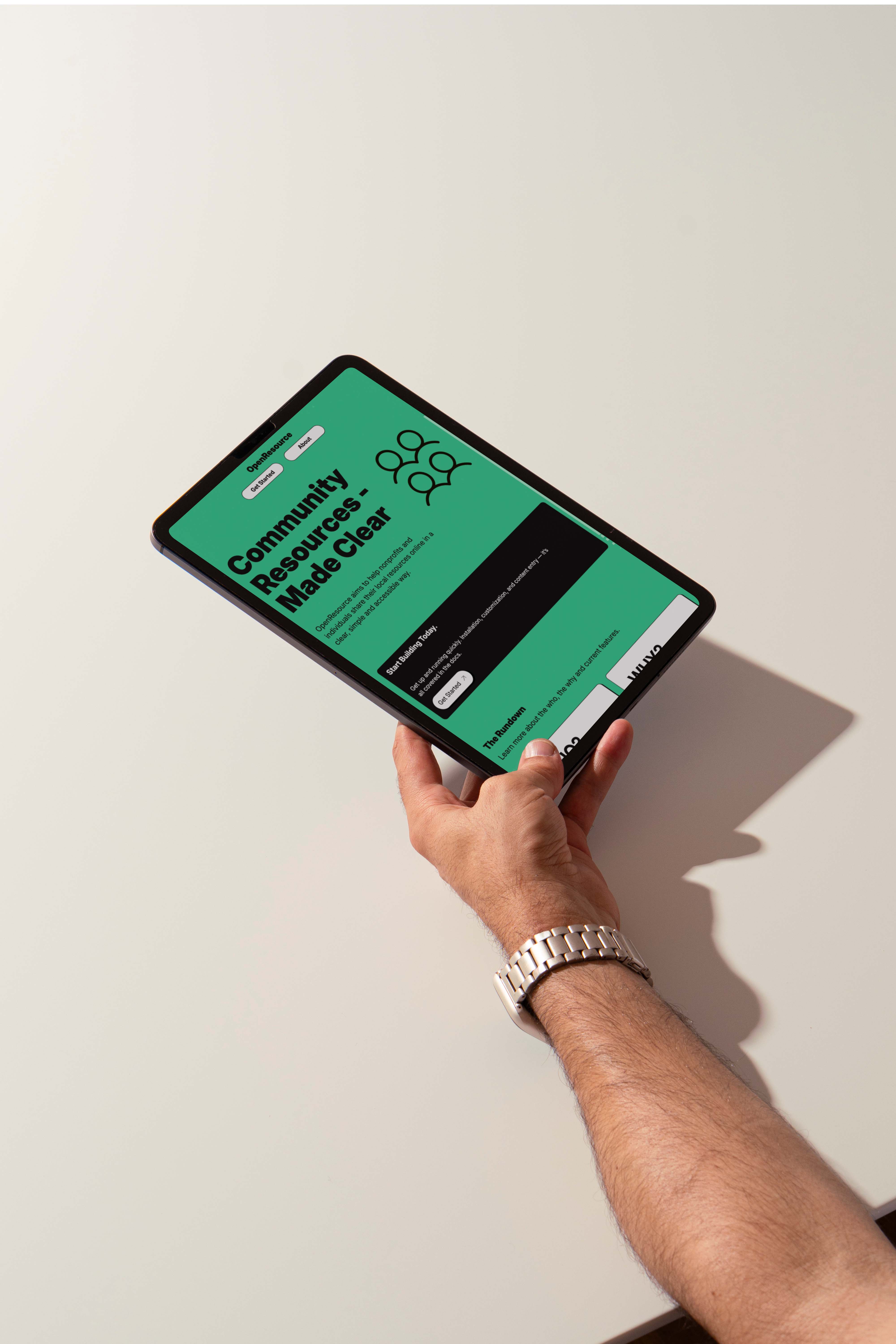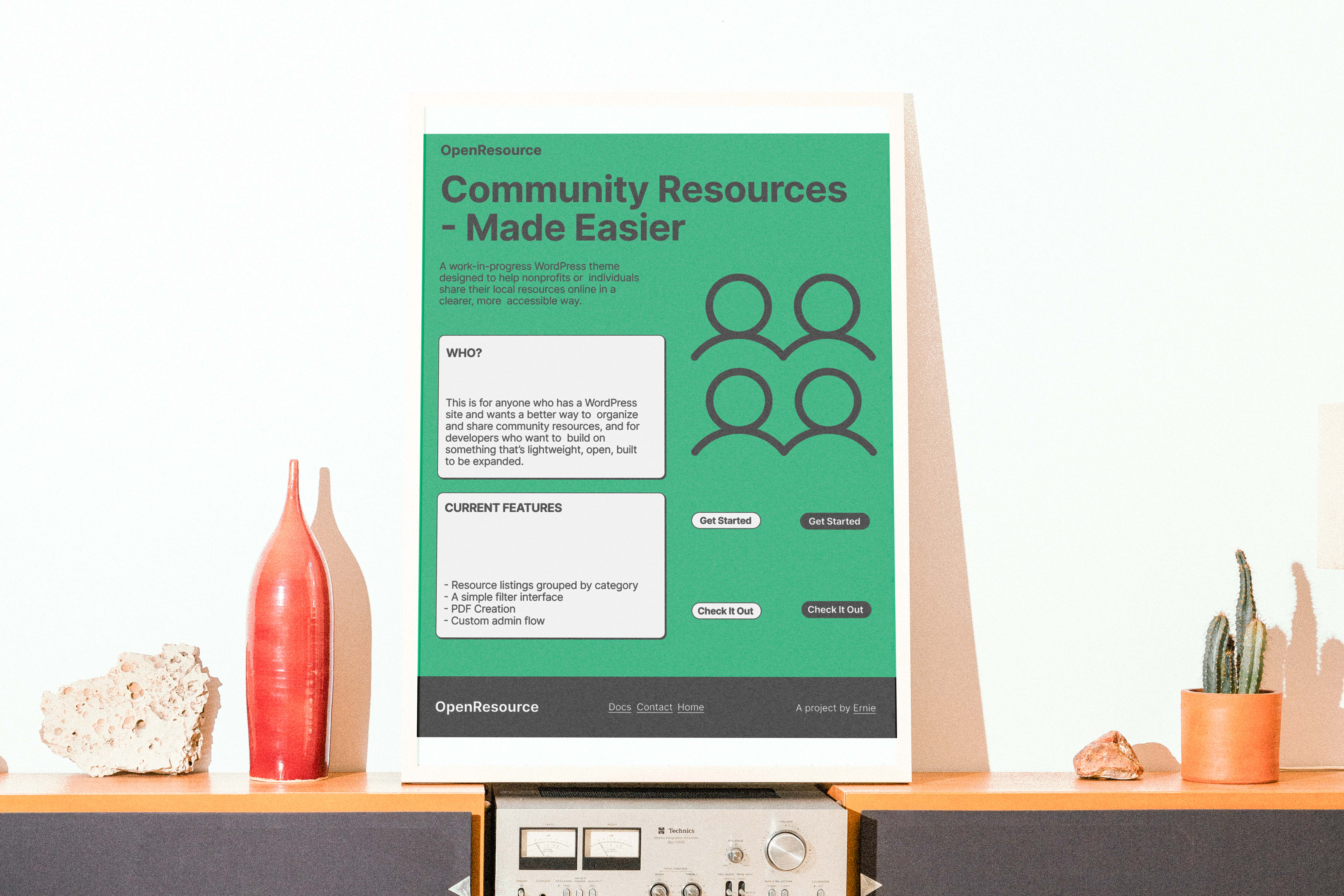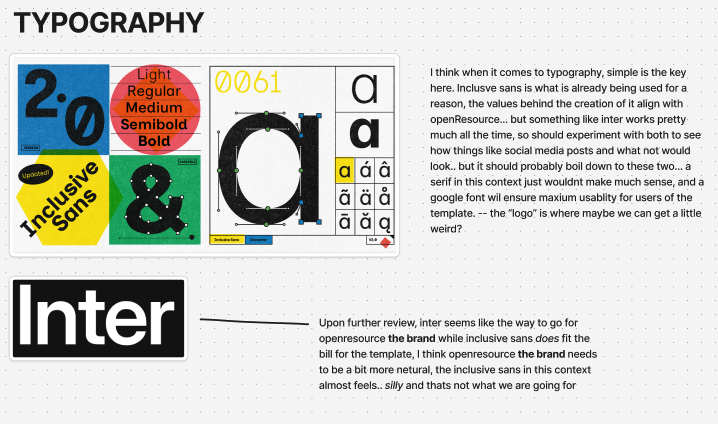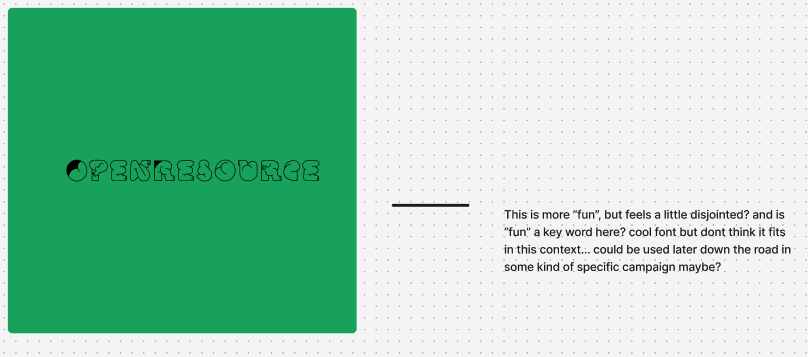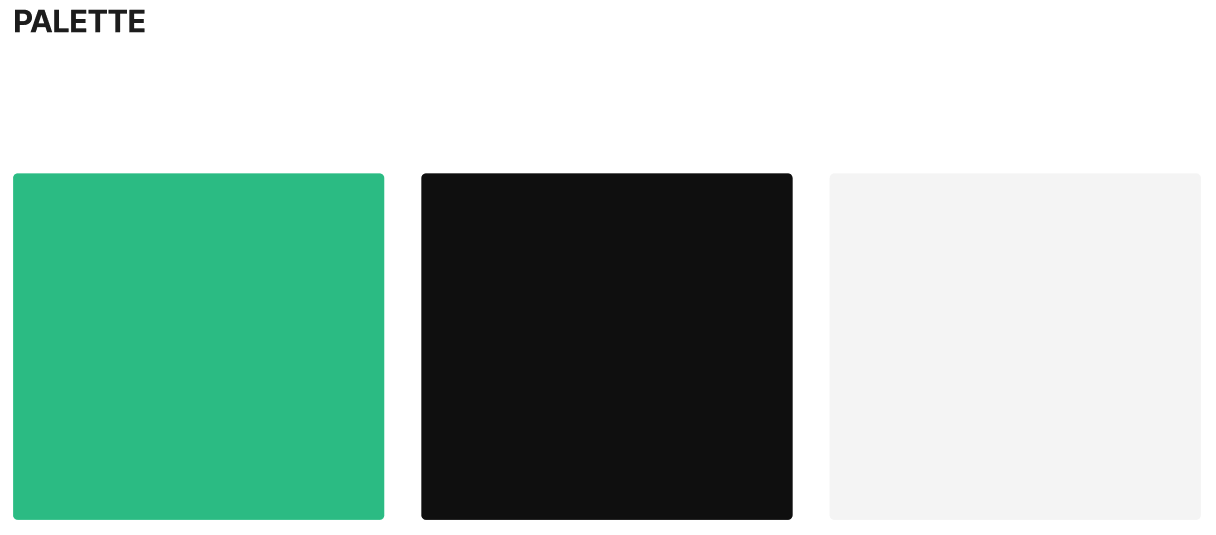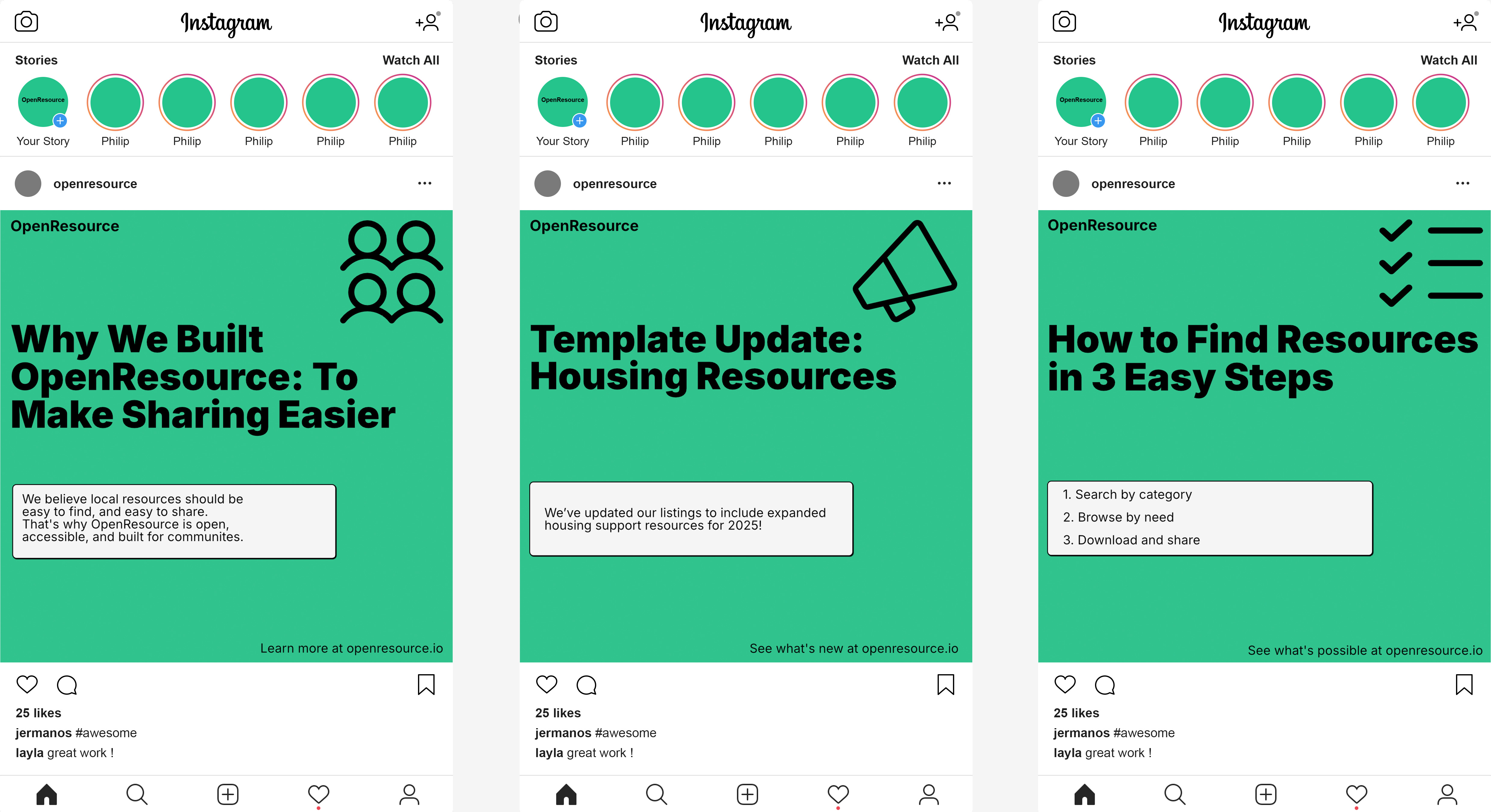OpenResource
Initially OpenResource was just a passion project of mine, something I had been thinking about doing but just hadn’t… Until I did.
After creating OpenResource, I decided it would be better if it was more than just a WordPress template floating around in the ether. So in an unusual fashion I worked backwards and created a brand to center around the template. Essentially turning OpenResource the theme into OpenResource the project behind the theme.
